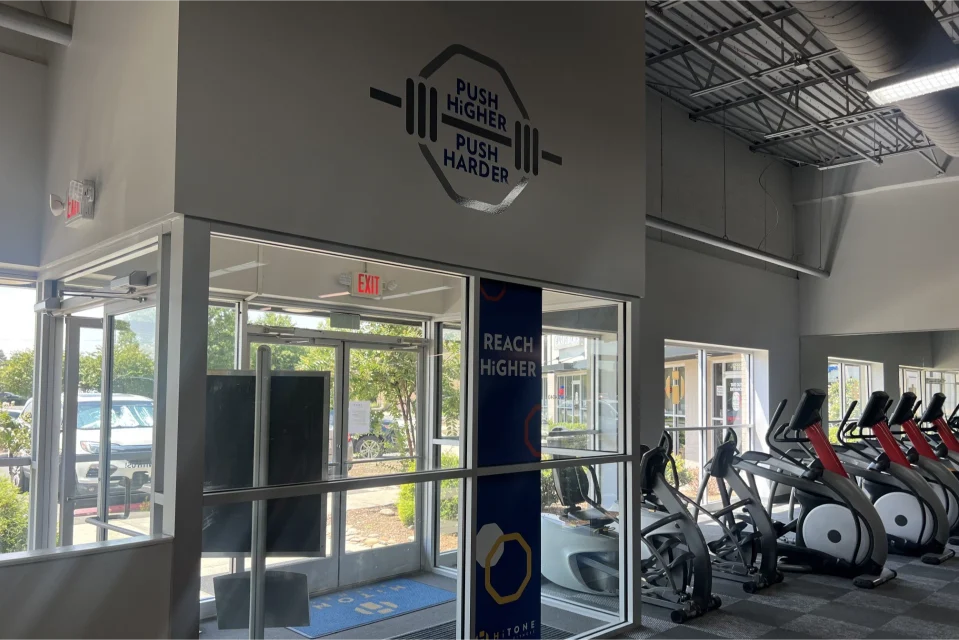Every runner knows the feeling of tight muscles and the satisfaction of a good stretch. But not all stretching is created equal, and the type you choose can significantly impact your performance and health. Dynamic stretching, a series of active movements where joints and muscles go through a full range of motion, is gaining traction in the running community. Unlike static stretching that involves holding a position, dynamic stretching prepares the body for the stress of a run by warming up the muscles in a functional way. In this article, we delve into why dynamic stretching might just be the game-changer your running routine needs.
Before lacing up, use resistance bands for targeted joint prep – especially these hip and knee activation exercises that prime your most vulnerable running joints for impact.
Benefits of dynamic stretching for runners
Dynamic stretching offers a plethora of benefits for runners, paramount among them being enhanced muscular performance. This type of stretching increases blood flow and the temperature of muscles, making them more elastic and efficient during a run. It also boosts coordination and allows for greater range of motion, reducing the risk of strains and sprains. Moreover, dynamic stretching can elevate your base muscular temperature, which enhances speed and strength—key components for any runner looking to improve their performance.
Dynamic stretching vs. static stretching
While dynamic stretching is ideal before a run, static stretching has its place in a runner’s routine, primarily after exercise when the body is warm. Static stretches involve holding a stretch for 20-30 seconds, aiming to lengthen the muscle and improve flexibility over time.
This type of stretching is beneficial for cooling down and can help prevent muscle stiffness and soreness. On the other hand, dynamic stretching before a run helps prepare the body for high-intensity activity by mimicking the movements of running, thus activating the muscles in a way static stretching cannot.
Essential dynamic stretches for runners
To get the most out of your pre-run routine, incorporate these dynamic stretches that target areas heavily used while running:
- Leg swings: Stand on one leg and swing the other leg forward and back. This exercise loosens up the hip flexors, hamstrings, and glutes.
- Lunge with a twist: Step forward into a lunge and rotate your torso towards the leg that is forward. This helps warm up the legs and the lower back.
- High knees: Run in place while lifting your knees as high as possible. This increases lower body agility and primes the muscles for running.
What mistakes to avoid with dynamic stretching
Here are some common pitfalls to steer clear of:
- Overstretching: Dynamic stretches should be performed within your body’s limits. Pushing too hard can lead to muscle strains.
- Rushing through stretches: Each movement should be done with control and at a moderate speed. Hurrying can lead to improper form and reduced effectiveness.
- Ignoring pain signals: While dynamic stretching should cause mild exertion, it shouldn’t cause pain. If you experience discomfort, modify the stretch to suit your current flexibility level.
Advanced dynamic stretching techniques
For runners looking to enhance their dynamic stretching routine, incorporating these advanced techniques can provide added benefits:
- Resistance bands: Adding resistance bands to stretches like leg swings or arm rotations can increase muscle activation and improve strength and flexibility.
- Plyometric stretches: Incorporating plyometric exercises, such as jump squats or box jumps, can help build power and endurance. These are particularly beneficial for sprinters or short-distance runners.
If you are a runner and need more tips on how to boost your performance, get in touch with our personal trainers in Concord.
If you’re reading this because you’re into cardio generally, see why jump rope is good for cardio.
Final thoughts
Dynamic stretching is a powerful tool in a runner’s arsenal, helping to prepare the body for the demands of running while preventing injuries. Whether you’re a sprinter, a marathoner, or someone who runs for fitness, incorporating dynamic stretching into your routine can provide significant benefits. By warming up effectively, avoiding common mistakes, and using advanced techniques appropriately, you can enhance your running performance and enjoy a healthier, more efficient running experience.





